“Begin with the end in mind.” Stephen Covey
I recently had the opportunity to work with two wonderful employees in the Wisconsin Department of Transportation. Our task was to design a 15-day training program for new hires for a new call center (lovingly named the ThunderDome).
Laurie and Barb served as the subject matter experts in all things programmatic, organizational and technical. My role was to guide the curriculum design process and create the training materials that Laurie and Barb would be using. These materials included a binder with separate participant packets for each day, plus reference information.
Needs Assessment Decisions
We first had to determine what types of calls the new employees would be expected to answer on their own and which would be transferred to more seasoned employees.
This involved answering such questions as:
1. What are the most common calls?
2. What policy and program information is necessary to handle these calls?
3. What software applications need to be used to handle these calls?
4. What constitutes the more complex calls that should be handled by more seasoned employees?
Curriculum Design Decisions
Once these questions were answered, we discussed the best way to order the training program.
We decided to teach as much policy and program information as possible before it would be necessary for the new employees to learn how to access and use the specialized software.
The first modules would concern content that was the easiest to handle, the most likely to be familiar to the new employees, and would not require learning and using any software programs.
We developed the list of topics for each training day and then created each day’s learning goals. The goals identified what the employees would learn and why that would be important to them in their new jobs.
In addition to the technical program policies and procedures, and the computer software and phone system, we included a session on customer service and handling difficult calls.
We wrote the learning objectives, taking care to clarify that the desired level of learning for each objective would have to be at least application- and in some cases, analysis.
We realized that simple decision trees would make the technical information much more accessible in many of the procedural modules.
We used a variety of learning activities, including: case studies, questionnaires, pop ups, scavenger hunt for information, simulation, hands on computer work, etc.
We planned for an activity to check learner comprehension at the end of each session.
Two days were devoted to shadowing a seasoned call center employee.
Three days were devoted to handling calls under the guidance of the seasoned call center employees.
After that, Barb and Laurie would provide coaching and additional on-the-job-training.
This training process was so successful that they both received rewards for outstanding achievement. They certainly deserved it!
May your learning be sweet.
Deborah





